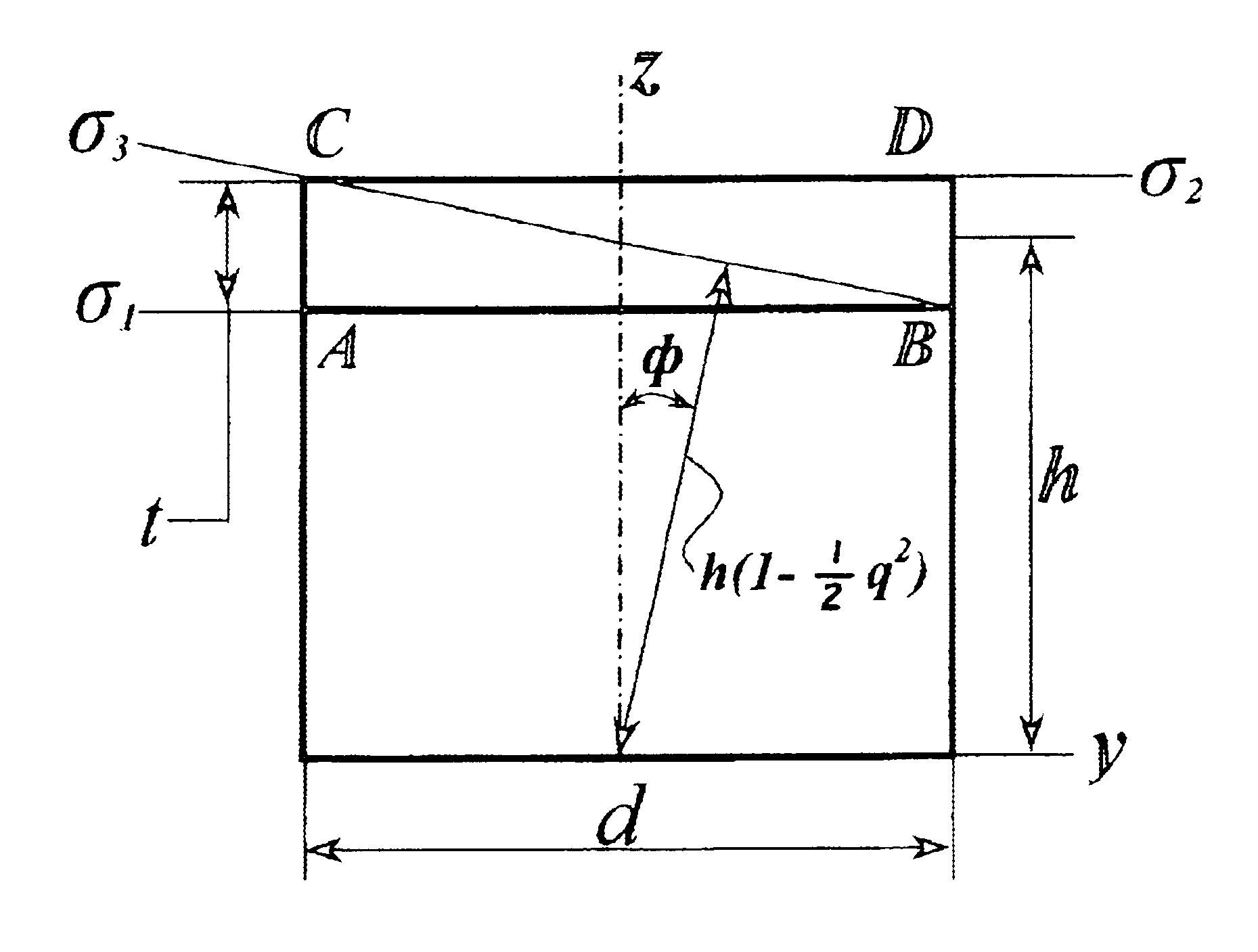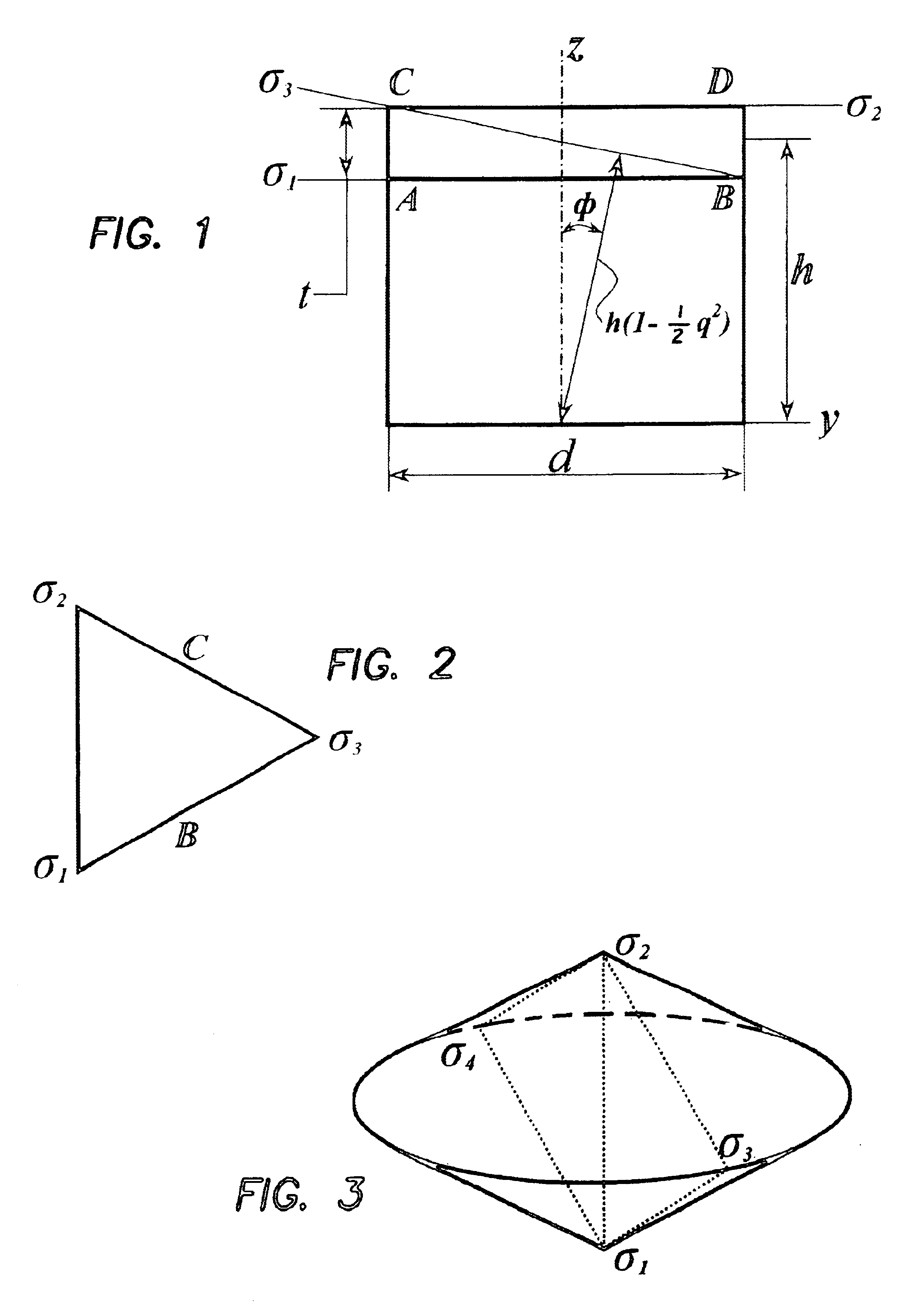Method and apparatus for geometric variations to integrate parametric computer aided design with tolerance analyses and optimization
a computer aided design and geometric variation technology, applied in the field of computer assisted design, can solve the problems of not being able to retrofit a model to the tolerance standard, the modern parametric cad system is limited to nominal geometry and idealized constraints, and the variation is not now well understood by many engineers in design and manufacturing. the effect of investigation
- Summary
- Abstract
- Description
- Claims
- Application Information
AI Technical Summary
Benefits of technology
Problems solved by technology
Method used
Image
Examples
Embodiment Construction
[0073]The invention is a method processing geometric variations which method is rich enough to model all classes of dimensions and tolerances (except free form profile) consistent with tolerance standards and compatible with parametric solid models. A bi-level model is described: one level is for modeling local variations to consider the interaction of all geometric controls (size, form, orientation, position) applied to a feature of interest. The second level is for a global model that inter-relates all control frames on a part or assembly and is needed for software implementation.
[0074]To satisfy conformance to the Y14.5 standard, the model must meet the following criteria:[0075]each tolerance class is represented by regions (zones) whose shape depends on the tolerance type and feature being toleranced and the size depends on the tolerance value, material condition, and Rule # 1;[0076]Rule #1 requires perfect form at maximum material condition (MMC), i.e. form and orientation tole...
PUM
 Login to View More
Login to View More Abstract
Description
Claims
Application Information
 Login to View More
Login to View More - R&D
- Intellectual Property
- Life Sciences
- Materials
- Tech Scout
- Unparalleled Data Quality
- Higher Quality Content
- 60% Fewer Hallucinations
Browse by: Latest US Patents, China's latest patents, Technical Efficacy Thesaurus, Application Domain, Technology Topic, Popular Technical Reports.
© 2025 PatSnap. All rights reserved.Legal|Privacy policy|Modern Slavery Act Transparency Statement|Sitemap|About US| Contact US: help@patsnap.com



